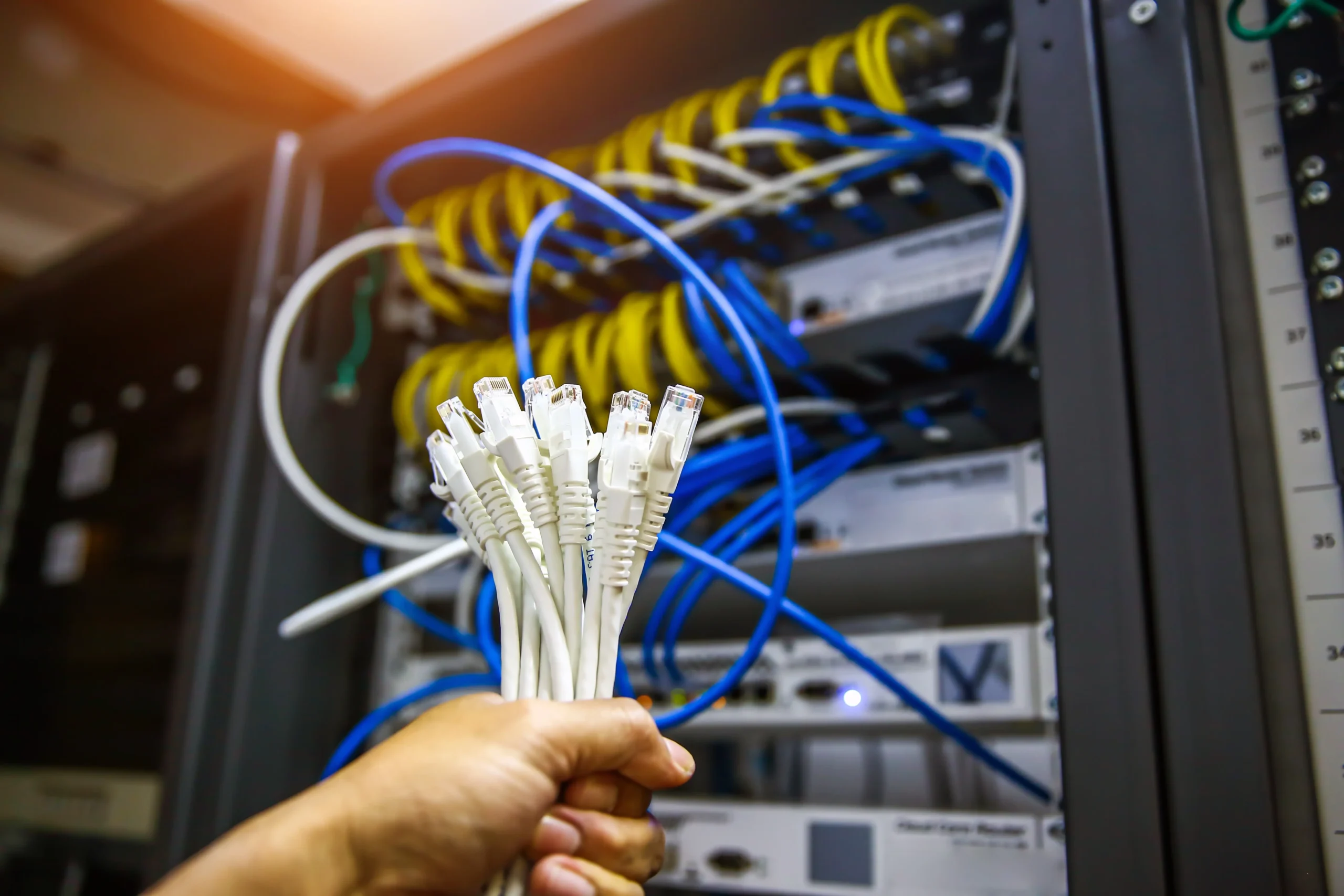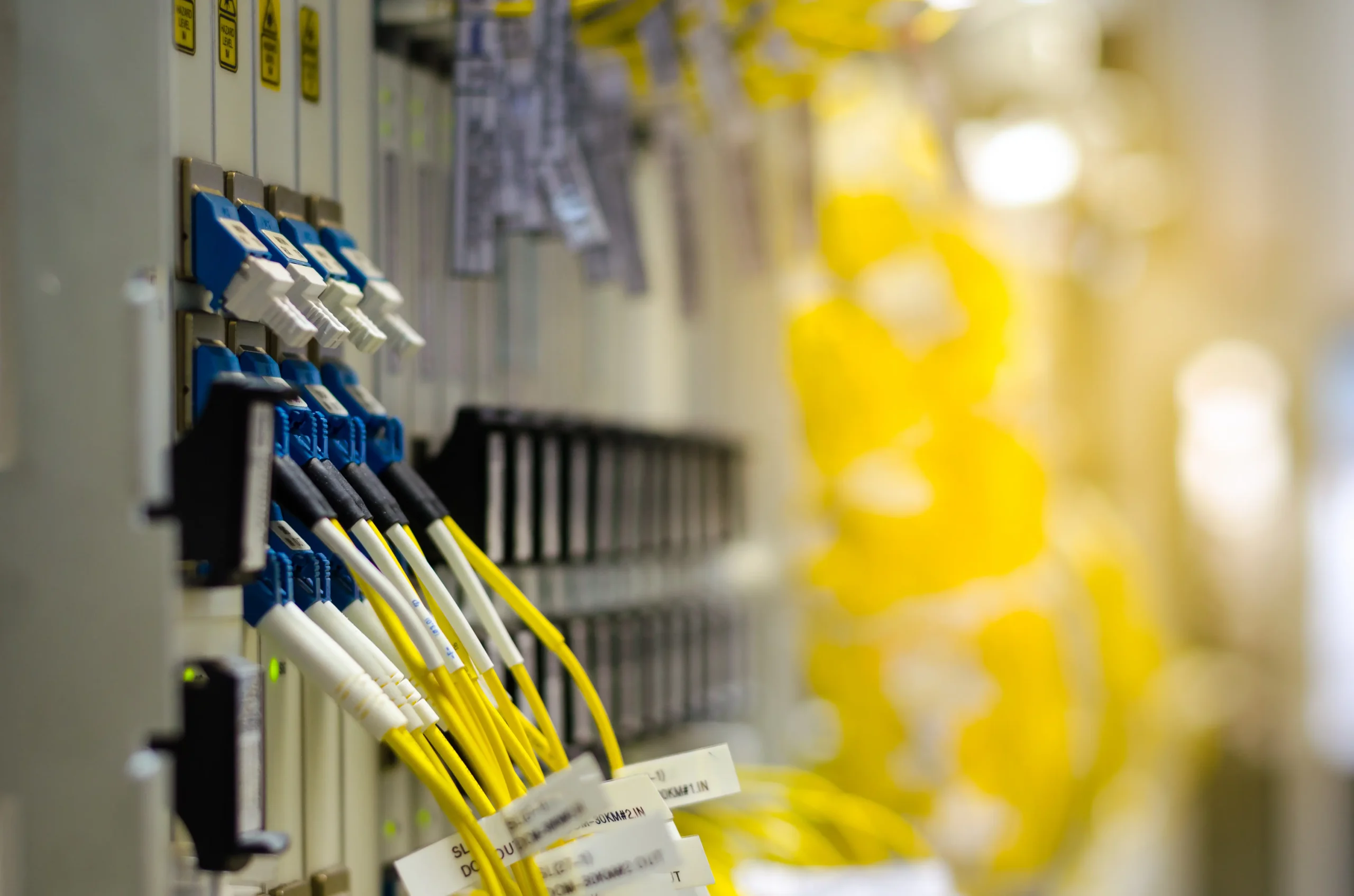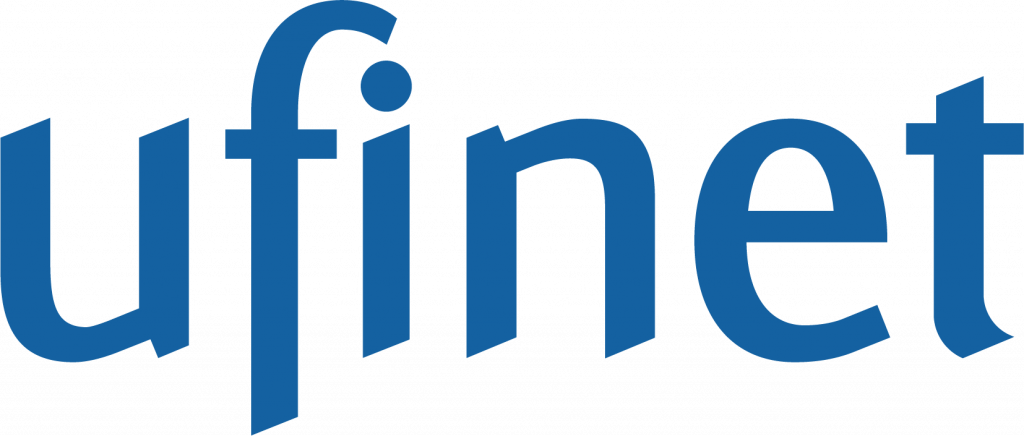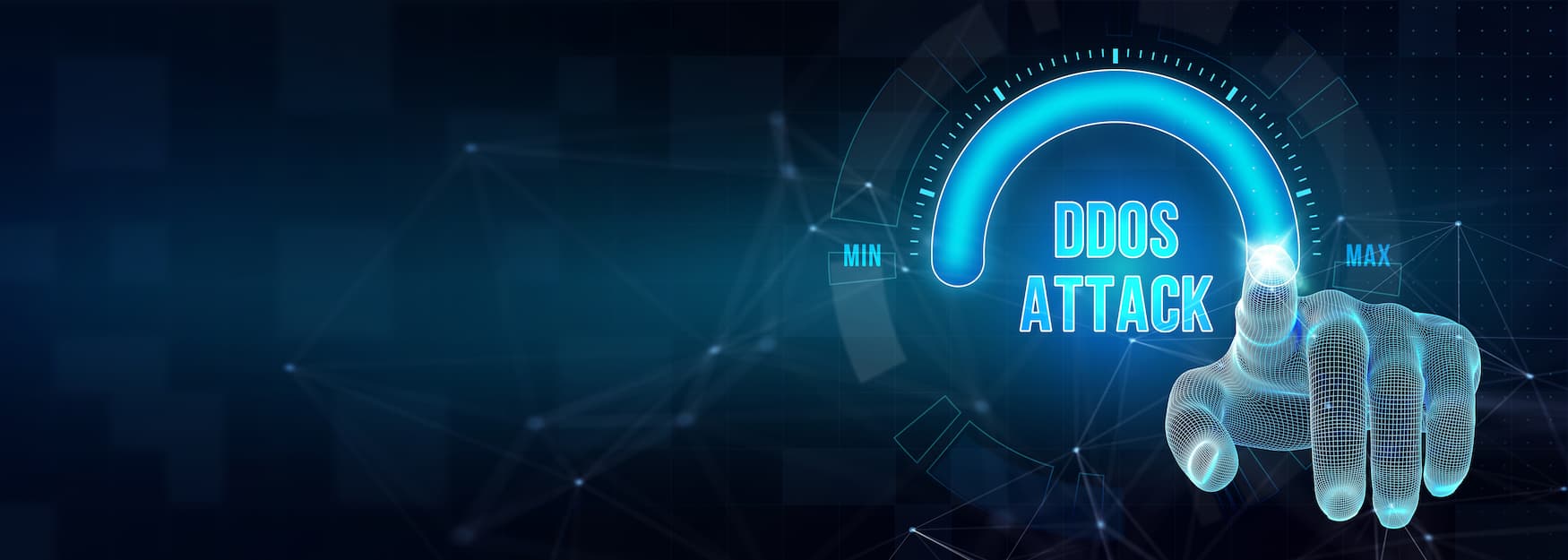In the world of modern communications, optical fiber has emerged as one of the most efficient and reliable means of transmission. However, to fully understand its impact and advantages, it is crucial to compare it with other available means of transmission.
Optical fiber, unlike traditional transmission media such as copper cable, uses thin glass or plastic wires to transmit data in the form of light pulses. This technology takes advantage of the physical properties of light to provide faster, more reliable and secure data transmission. The ability of optical fiber to carry enormous amounts of information at speeds approaching the speed of light has become the gold standard in the telecommunications industry.
Fiber optics has generated a paradigm shift in modern communications, driving significant advances in fields such as telephony, Internet, cable television and local area networks. This technology has enabled the creation of high-speed networks capable of meeting the ever-increasing demands of the digital society. From long-distance data transmission to connecting devices in the home, fiber optics has paved the way for a new era of limitless connectivity.
The impact of fiber optics on modern communications, examining its advantages, applications and challenges. From its origin to its current state and promising future, fiber optics continues to be a fundamental pillar of the global communications infrastructure, paving the way for a more connected and digitally advanced world.
Fiber optic vs. copper cable
Copper cable has long been the standard in telecommunications. However, compared to optical fiber, it has several significant limitations. First, optical fiber is capable of transmitting data at much higher speeds than copper cable. While copper has limited bandwidth, optical fiber can carry large amounts of data through its thin glass strands.
In addition, optical fiber is less susceptible to electromagnetic interference and offers greater security in data transmission. Unlike copper cable, which can be easily intercepted, optical fiber requires specialized methods to access the information transmitted through it. In terms of cost and maintenance, while the initial installation of fiber optics may be more expensive, in the long term it offers greater reliability and requires less maintenance.

Fiber optic vs. wireless transmission
Another commonly used transmission medium is wireless transmission, which includes technologies such as Wi-Fi and Bluetooth. While wireless transmission offers the convenience of mobility, it has limitations compared to fiber optics. First, the signal speed and range of wireless transmission are inferior to those of fiber optics. While optical fiber can transmit data at gigabit-per-second speeds over distances of up to several kilometers, wireless transmission is limited by physical obstacles and network congestion.
In addition, wireless transmission is more vulnerable to interference and cyber attacks. Unlike fiber optics, whose physical cables are protected and cannot be intercepted without direct access, wireless signals can be easily intercepted by unauthorized persons. This raises concerns about the security of data transmitted over wireless media, especially in corporate and commercial environments where confidentiality is crucial.
Fiber optics vs. radio waves:
Radio waves are another common transmission medium used in wireless communications. Although convenient in terms of mobility and range, they have limitations in terms of speed and bandwidth compared to fiber optics. Radio waves are also more susceptible to interference and noise, which can affect the quality of data transmission. On the other hand, optical fiber offers faster and more reliable data transmission, making it more suitable for applications that require high throughput and low latency, such as real-time video transmission and telemedicine.
General Comparison
Fiber optics outperforms copper cable and wireless transmission in several key respects. It offers faster speeds, greater security, less susceptibility to interference and greater reliability in data transmission. While it may have higher upfront costs, its long-term benefits make it a superior choice for a wide range of applications, from telecommunications networks to security systems and sensitive data transmission.
Ultimately, the choice between fiber optics and other transmission media will depend on the specific needs of each application and on cost, performance and security considerations. However, in a world that is increasingly connected and dependent on data transmission, fiber optics stands out as a fundamental technology that drives the modern communications infrastructure into the future.
While fiber optics outperforms copper cable in terms of speed, bandwidth and reliability, it is also important to consider the cost and maintenance associated with each medium. In general, the initial installation of fiber optics can be more expensive than copper cable due to the cost of specialized equipment and materials required for deployment. However, in the long term, optical fiber may be more cost-effective due to its lower maintenance requirements and longer service life.

In addition, optical fiber requires less maintenance than copper cable, as it does not degrade over time and does not need to be replaced as frequently. This can result in significant savings in maintenance costs over the life of the network. Therefore, while optical fiber may require a higher initial investment, its long-term benefits in terms of performance and reliability may outweigh this additional cost.
Speed and bandwidth:
One of the most striking differences between fiber optic and copper cable lies in their ability to transmit data at different speeds. While copper cable uses electrical currents to carry data, fiber optic cable uses pulses of light. This optical approach allows fiber optics to offer much higher transmission speeds compared to copper cable. Fiber optics can support speeds of several gigabits per second, making it ideal for applications that require high performance, such as high-definition video streaming, online gaming and high-speed Internet access.
In terms of bandwidth, fiber optics also outperforms copper cable. The ability of optical fiber to transmit multiple light signals simultaneously at different wavelengths allows for a much wider bandwidth compared to copper cable, which is limited by electrical resistance and electromagnetic interference. This wider bandwidth capability of optical fiber makes it ideal for high-capacity networks, such as those used in enterprises, data centers and Internet service providers.
Reliability and resistance to interference:
Another crucial aspect in the comparison between optical fiber and copper cable is its reliability and resistance to interference. Copper cable is more susceptible to electromagnetic interference and temperature fluctuations, which can affect the quality of data transmission. In environments where there is a high density of electrical devices, such as offices or densely populated urban areas, copper cable may experience signal degradation due to interference.
In contrast, optical fiber is immune to electromagnetic interference and temperature fluctuations. Because light is not affected by external electric or magnetic fields, optical fiber offers more stable and reliable data transmission, even in harsh environments. This makes it the preferred choice for applications where reliability is important, such as in mission-critical telecommunications networks and industrial control systems.
Fiber optics outperforms copper cable in many important respects, including speed, bandwidth, reliability and resistance to interference. Although it may have a higher initial cost, its superior performance and lower maintenance requirements make it the preferred choice for applications requiring high performance and reliable connectivity. With its ability to support the ever-increasing demands of the digital age, optical fiber continues to be the dominant transmission medium in modern communications.



